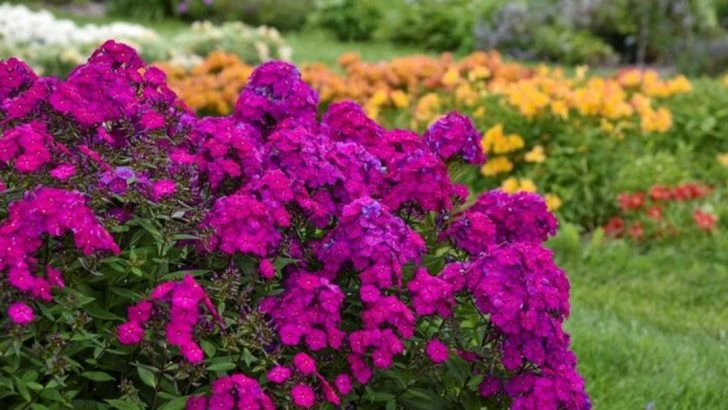Some plants have zero staying power. Total drama queens. They wilt. They wither. They vanish faster than your willpower during dessert. Meanwhile, a different crew shows up year after year—no begging, no pampering, just quiet persistence and gorgeous blooms like clockwork. If you’re tired of planting flops that ghost your garden after one season, this list is your new best friend. We’re naming names: 5 plants that fizzle out fast (don’t waste your time), and 11 perennials that power through heat, frost, and neglect like garden legends. Stick with the survivors. They’ve got your back—and your beds.
Impatiens
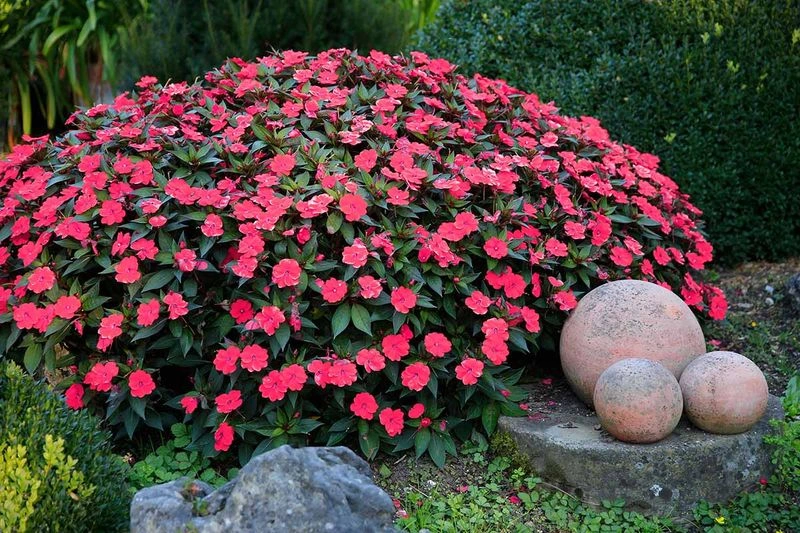
Impatiens are known for their vibrant blooms that can light up any shady garden spot. However, their beauty can be fleeting. Impatiens are highly susceptible to downy mildew, a disease that can wipe out entire plantings overnight.
Their dependency on consistent moisture and shade makes them a bit tricky for novice gardeners. Once thriving, they can suddenly droop, leaving you puzzled.
An interesting tidbit: Impatiens were once considered foolproof annuals until this disease became prevalent, causing many gardeners to seek alternatives.
Snapdragons
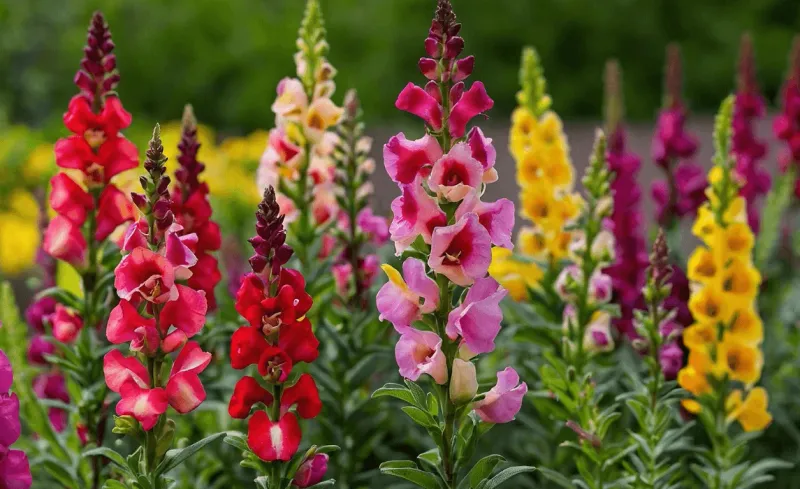
Snapdragons bring a cheerful and playful touch to gardens with their dragon-shaped blooms. Despite their charm, they have a notably short lifespan. Often, they thrive best in cooler temperatures but can quickly succumb to heat.
Gardeners often plant them in spring or fall, only to see them fade as the weather shifts. Their fleeting nature can be disappointing, but they’re perfect for those who love experimenting with seasonal plantings.
Fun fact: Snapdragons were believed to possess magical properties in ancient times.
Pansies
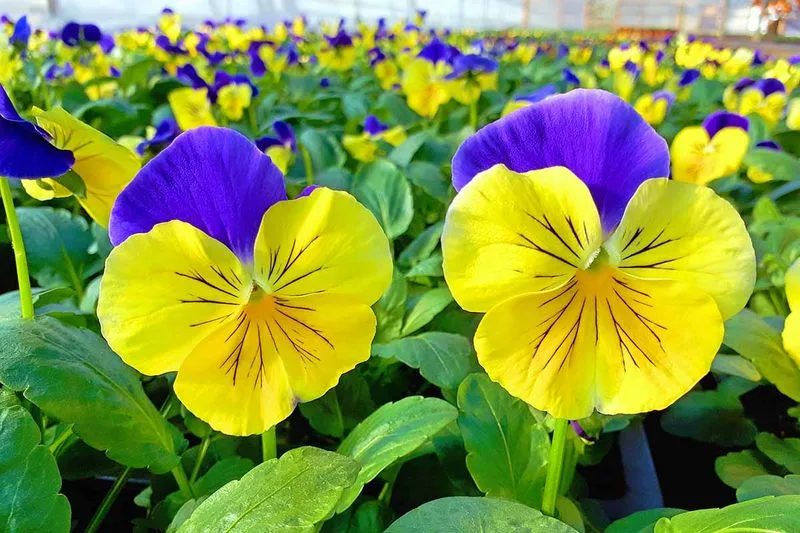
Pansies, with their expressive “faces,” have long been a favorite for adding color to gardens. Yet, they are notorious for their short-lived beauty, especially in the warmer months.
These cool-season flowers tend to wilt as temperatures rise, leading to a rapid decline in their once-vibrant display. Gardeners often use them for early spring or late fall planting to enjoy their brief burst of color.
Did you know? Pansies have been cultivated since the 1800s and were initially bred for their unique petal markings.
Petunias
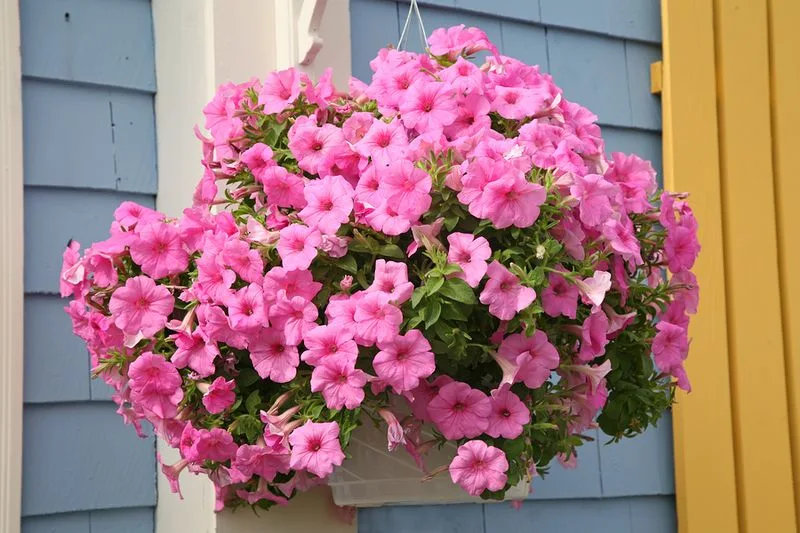
Petunias are a garden staple, known for their trumpet-shaped flowers and wide range of colors. Despite their appeal, they can be surprisingly fragile. Petunias are prone to wilting if not watered consistently and can be affected by pests.
They thrive in sunny spots but need regular deadheading to prolong their blooms. Their beauty can be short-lived if conditions aren’t ideal, leaving gardeners a bit frustrated.
A quirky fact: Petunias were discovered in South America in the 16th century and have since become a horticultural favorite worldwide.
Geraniums
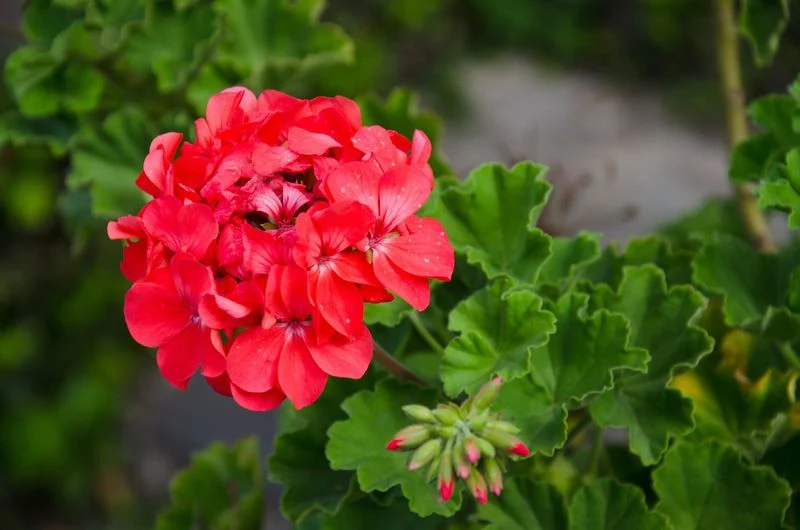
Geraniums, with their bold, round clusters of flowers, are a common sight in gardens. While they offer brilliant color, they can be prone to a quick fade. Geraniums need just the right amount of sunlight and water, making them challenging for some gardeners.
They can bloom beautifully but may suddenly wilt if neglected or overwatered. Ideal for those who enjoy regular garden care.
Fun tidbit: Geraniums were introduced to Europe in the 17th century and were once used as a natural insect repellent.
Daylilies
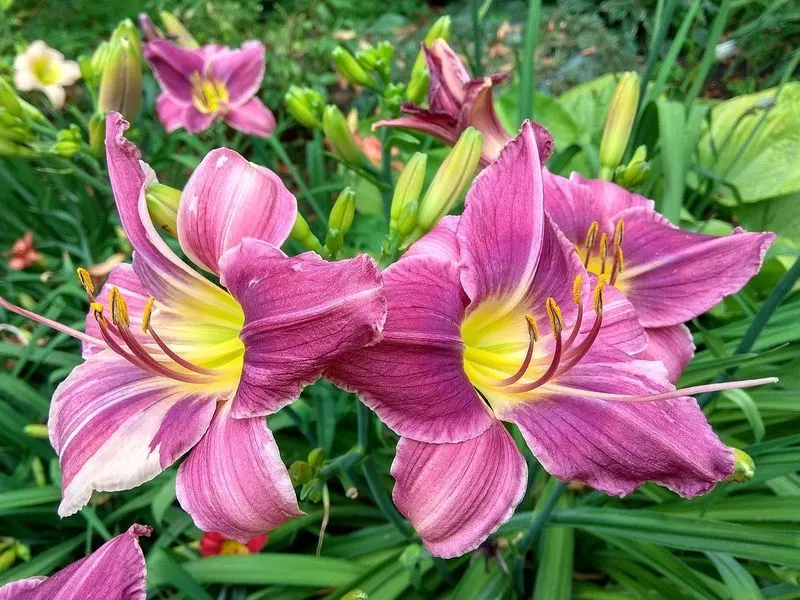
Daylilies, with their robust nature and vibrant hues, are the stalwarts of the perennial world. Known for their resilience, they thrive in various climates and conditions. Their name reflects their blooms’ short life, but the plant itself is enduring.
Each flower lasts just a day, but the plant produces numerous buds to ensure a continuous display. Ideal for those seeking low-maintenance beauty.
Fun fact: Daylilies are native to Asia and have been used in traditional medicine for centuries, adding a historical layer to their charm.
Hostas
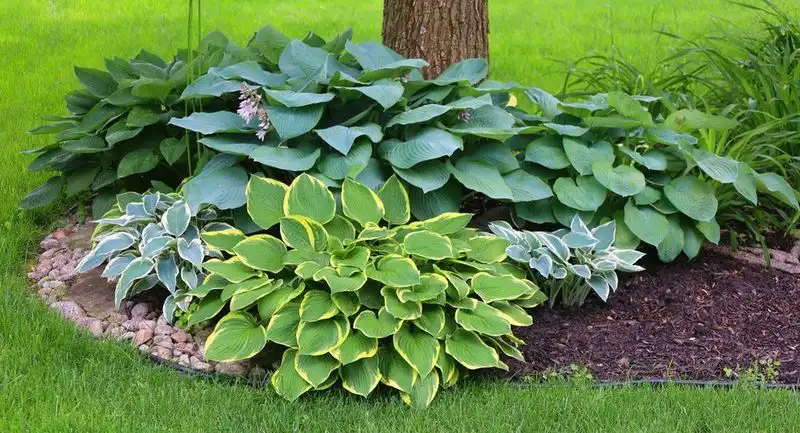
Hostas are often celebrated for their lush and textured foliage, making them a favorite in shady gardens. Their ability to thrive in less-than-ideal conditions is well-documented.
Hostas are resilient, returning year after year with little fuss. They offer a variety of leaf shapes and colors, adding depth to garden designs.
An interesting tidbit: Hostas originate from Northeast Asia and were only introduced to European gardens in the 18th century, quickly gaining popularity.
Lavender
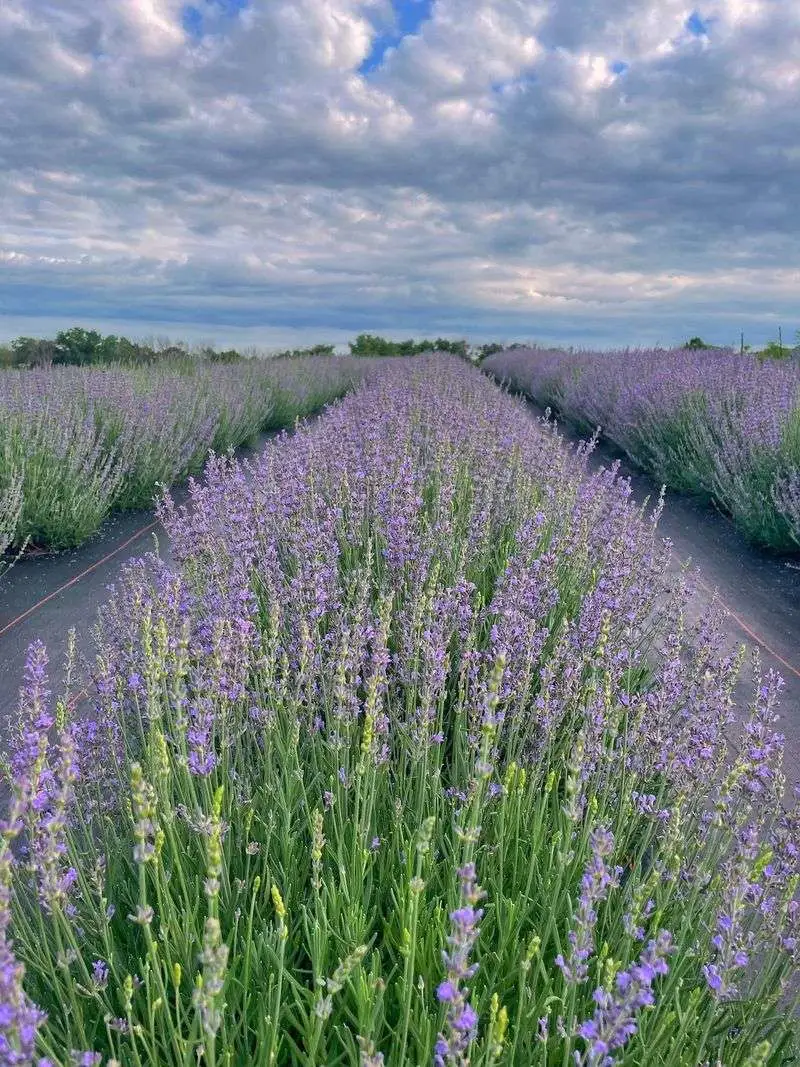
Lavender stands out not just for its soothing fragrance but also for its hardiness. This perennial is known for thriving in various climates, from Mediterranean to temperate regions.
It’s drought-resistant, making it a favorite for gardeners seeking low-maintenance plants. Lavender can flourish even in poor soils, offering year-round greenery and seasonal blooms.
Fun fact: Lavender has been used since ancient times in aromatherapy, cooking, and even embalming, showcasing its versatility beyond the garden.
Peonies

Peonies are garden royalty, admired for their large, fragrant blooms and lush foliage. Known for their longevity, they can thrive for decades once established. Their blooms are a spring spectacle, drawing attention with their size and scent.
Peonies require little maintenance, making them a beloved choice for gardeners. They symbolize prosperity and good fortune, adding to their appeal.
Interesting detail: Peonies have been cultivated in China for over 2000 years, often associated with honor and riches, enhancing their allure in modern gardens.
Sedum

Sedum, with its succulent leaves and star-shaped flowers, is a testament to nature’s resilience. Known for thriving in rocky, dry conditions, it’s a favorite for xeriscaping. Sedum’s ability to store water makes it drought-tolerant and easy to care for.
Its diverse varieties offer a range of colors, adding vibrancy to gardens. This perennial is ideal for those seeking a hardy, low-maintenance option.
Fun fact: Sedum has been used in traditional medicine for its anti-inflammatory properties, adding a unique aspect to its garden presence.
Coneflowers

Coneflowers, also known as Echinacea, are cherished for their daisy-like blooms and medicinal properties. They thrive in full sun and are drought-tolerant, making them robust in various settings.
Their long blooming season adds to their charm, attracting pollinators like bees and butterflies. This perennial’s resilience ensures it returns each year with minimal care.
Did you know? Native Americans used coneflowers for medicinal purposes, a practice still appreciated today for their immune-boosting benefits.
Phlox
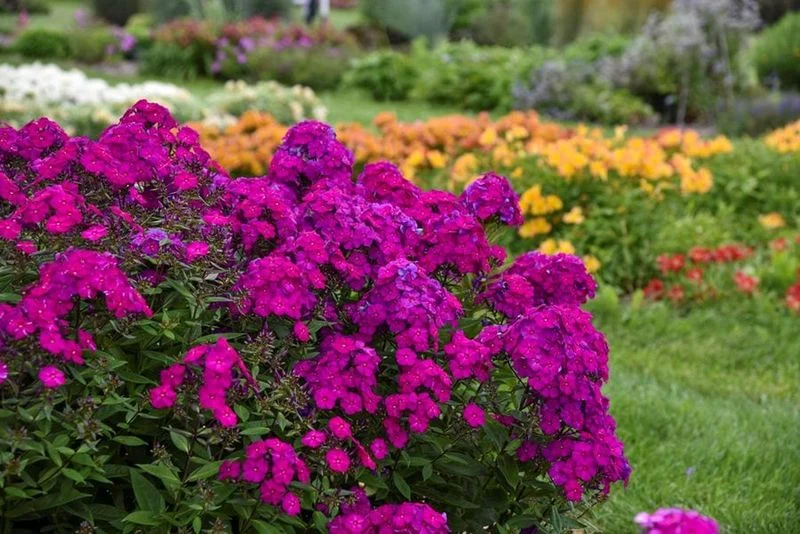
Phlox is renowned for its dense clusters of flowers that add a splash of color to any garden. These perennials are not only beautiful but resilient, thriving in a variety of climates.
Their ability to attract butterflies adds to their garden appeal. Phlox requires minimal maintenance, making it a favorite among busy gardeners.
An interesting note: Phlox is native to North America and was one of the first plants to be exported to Europe in the 18th century, enjoying enduring popularity in garden designs.
Russian Sage
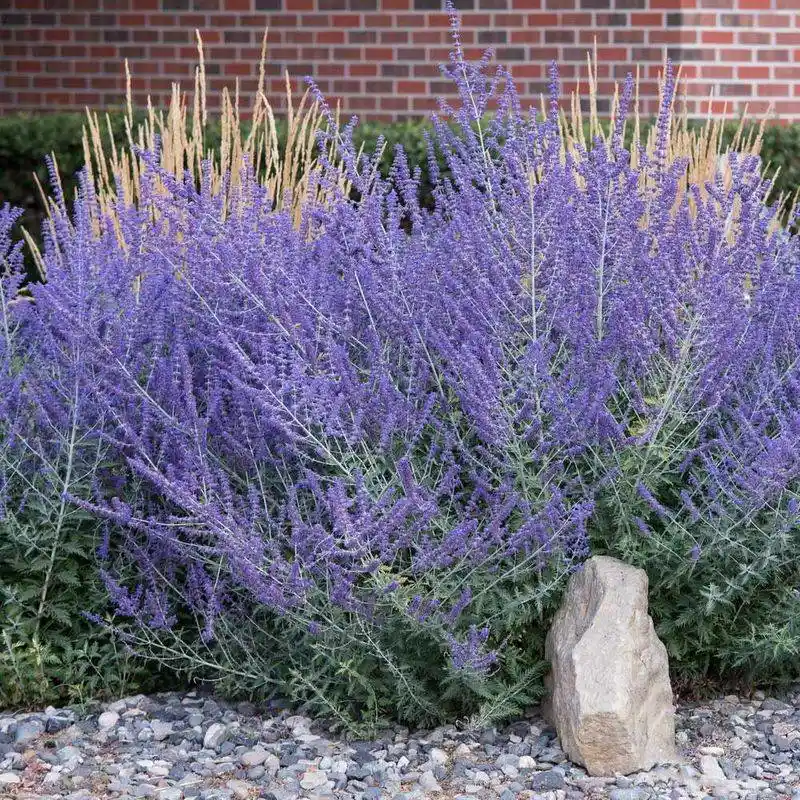
Russian Sage is a standout with its tall, wispy stems and lavender-blue flowers. Known for its resilience, it thrives in sunny and dry conditions. This perennial doesn’t just survive; it thrives, adding structure and color to gardens.
Its aromatic foliage and long blooming season make it a gardener’s favorite. Russian Sage is ideal for those seeking a tough yet beautiful addition to their garden.
Fun fact: Despite its name, Russian Sage isn’t native to Russia but comes from Central Asia, adding a global touch to any landscape.
Astilbe
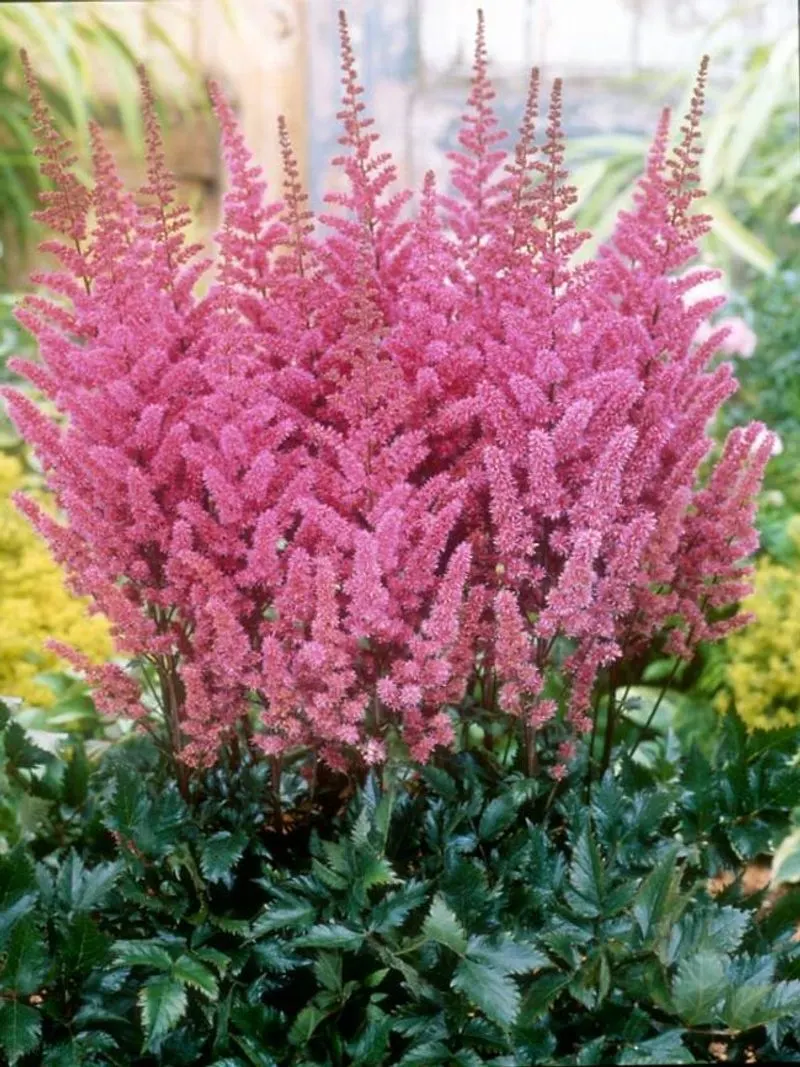
Astilbe is cherished for its feathery plumes and fern-like foliage, adding elegance to shaded garden spots. This perennial thrives in moist, well-drained soils and can tolerate partial shade.
Its blooms appear in mid-summer, offering a burst of color when many other plants are wilting. Astilbe’s low-maintenance nature makes it a great choice for perennial borders.
Did you know? Astilbe is native to Asia and North America, and its plumes have inspired many a gardener’s dream of a romantic, lush garden retreat.
Bee Balm
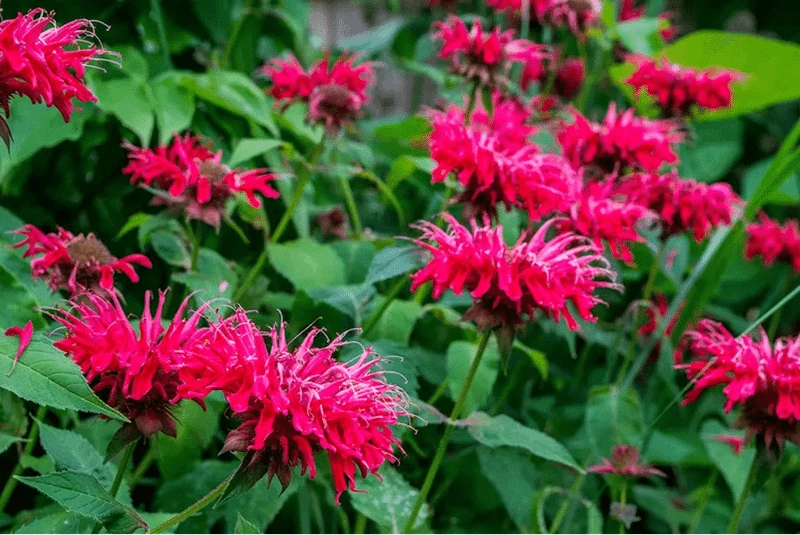
Bee Balm, with its tubular flowers and aromatic foliage, is a favorite for attracting hummingbirds and bees. This perennial thrives in sunny conditions and can tolerate a variety of soils.
Its vibrant blooms add a pop of color to gardens, making it a lively addition to any landscape. Bee Balm’s resilience ensures it returns each year, requiring minimal care.
Fun tidbit: Native Americans used Bee Balm for medicinal purposes, enjoying its fragrant leaves in teas and remedies, a tradition that persists in herbal practices today.
Black-Eyed Susans
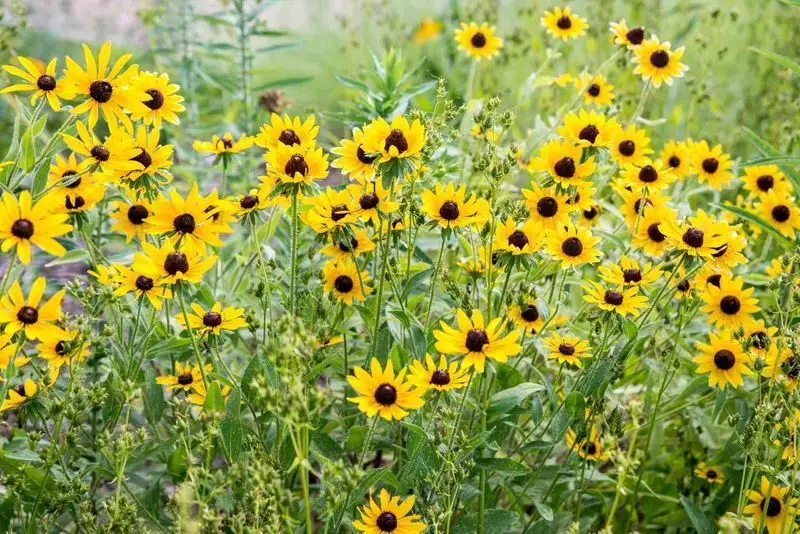
Black-Eyed Susans are iconic with their bright yellow petals and dark centers, a staple in many gardens. These hardy perennials thrive in full sun and well-drained soil, making them easy to grow.
Their long blooming period and ability to attract butterflies add to their appeal. Known for their resilience, they return year after year with minimal fuss.
Did you know? Black-Eyed Susans are native to North America and have become a symbol of encouragement and motivation, often associated with perseverance and determination.

